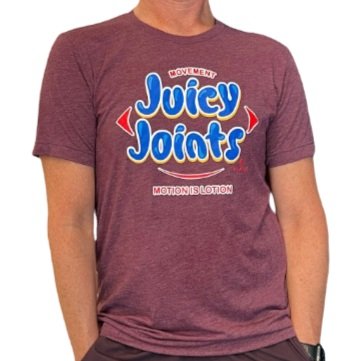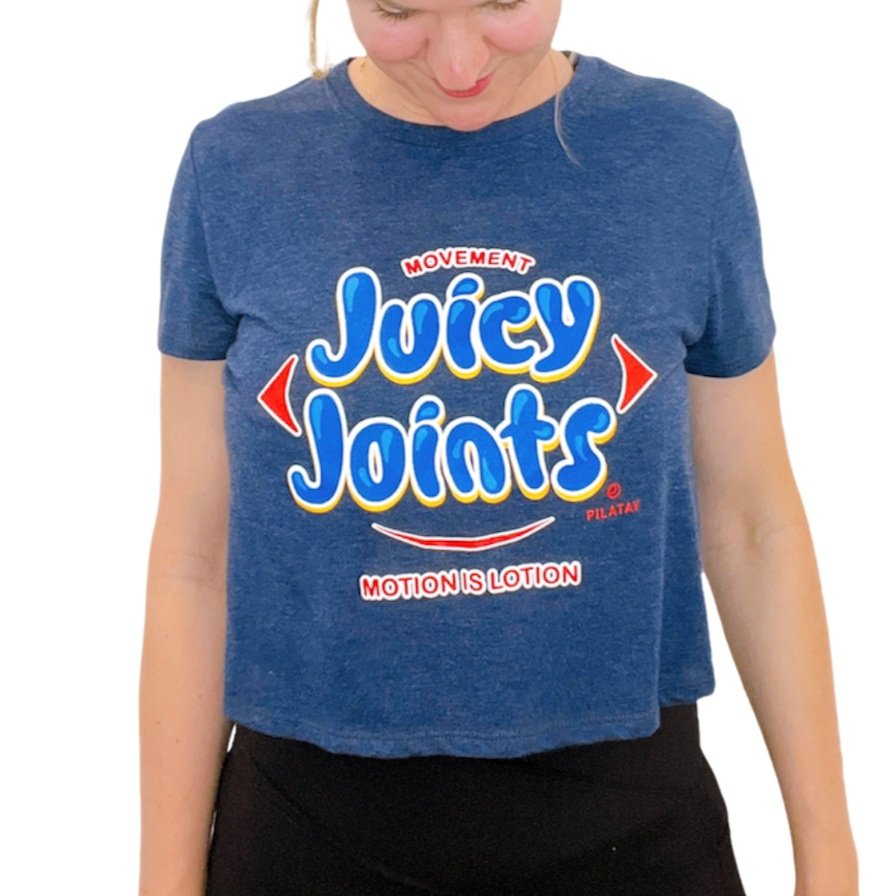Motion is lotion: How movement helps joint health
You may have heard the term “motion is lotion,” “movement heals,” or even “movement is medicine.”
What you may not know is that these are not just fun catchphrases. There is actual science behind them.
Stillness leads to stiffness
How often have you heard someone say they are stiff or in pain upon waking, but feel better once they get up and move around?
We also know that physical exercise helps people with arthritis reduce pain and increase their range of motion. But how?
Motion is lotion
So how does movement reduce joint pain and promote joint health?
Joints are lubricated by synovial fluid, and movement encourages the production of synovial fluid. Think of synovial fluid like oil in a car. It helps the bones to move past one another without friction.
Joints need oxygen and blood flow to operate properly and exercise encourages blood flow and helps nutrients to circulate to the joint.
“Exercise triggers a biological process called autophagy, where damaged cells in the joint are broken down and removed. “It’s basically like taking out the trash,” explains Dr. Hardin in a blog by The Arthritis Foundation. Read more here.
Additionally, exercise will strengthen the joints by strengthening the surrounding muscles, ligaments, and tendons surrounding the joints, while decreasing bone loss.
Therefore, movement is medicine. Motion is lotion.
So get moving!
Always check with your doctor before performing physical exercise.
Pilates is often suggested to people with joint pain for many reasons:
Pilates is low-impact
The equipment and exercises are designed to both mobilize and stabilize joints.
All people of all ages and abilities can do Pilates (with physical approval, of course). From seniors to pro athletes, Pilates is designed to meet every individual wherever they are.
Pilates creates the ideal balance of strength and flexibility and promotes balanced muscle development.
As always, listen to your body. If your pain is worsening with movement, it’s time to see your doctor.
For more about Pilates basics, check out Pilates 101 articles here.
Not all Pilates classes are created equal. Like any other exercise style, there are all kinds of Pilates classes out there. Some that identify themselves as “Pilates” are actually hybrid, adaptations that can range from purely stretching classes to super intense cardio. (Read: The truth about Pilates: 5 Pilates myths, debunked)
Just make sure to do your homework on the studio and teacher before taking any class to make sure it is appropriate for your needs.
Or, if you have any questions about Pilates, feel free to contact us. We will be happy to direct you to a teacher in your area.




